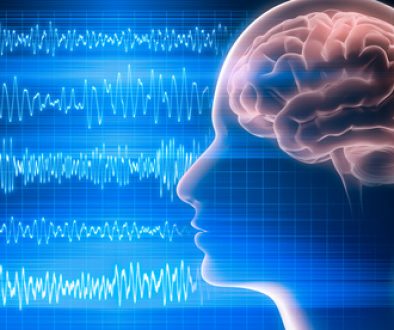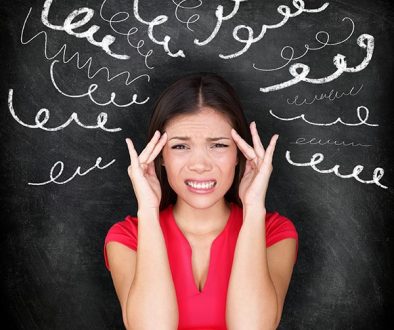Alcoholism and Neurofeedback
“Although perhaps surprising, self-regulation of brain activity has been practiced for thousands of years in meditation, yoga, and the martial arts. Elmer Green, at the Menninger Clinic in Topeka, Kansas, observed that people practiced in meditation produced high amplitude, slow frequency brain signals when in profoundly relaxed states. Green further reported on the use of brainwave biofeedback to increase slow frequency brainwave amplitudes to enhance hypnotic relaxed states. Like yogis for thousands of years, twentieth century practitioners and scientists tapped into the power of the mind to influence its own activity, a practice that leads to states of enhanced mental clarity and relaxation. Eugene Peniston at the For Lyons, Colorado, Veterans Administration Hospital applied these same biofeedback techniques in the first controlled scientific study of the brainwave treatment of alcoholism. Peniston found that genetically predisposed alcoholics were deficient in slow frequency brainwave amplitudes relative to fast frequency amplitude in the back of the brain. Using a brainwave biofeedback treatment similar to that used by Green at the Meninger, Peniston increased the relative amplitude of the slow brainwaves with marked success in the treatment of institutionalized alcoholics.” pp.3,4. Biofeedback for the Brain by Paul G. Swingle, Ph.D.



